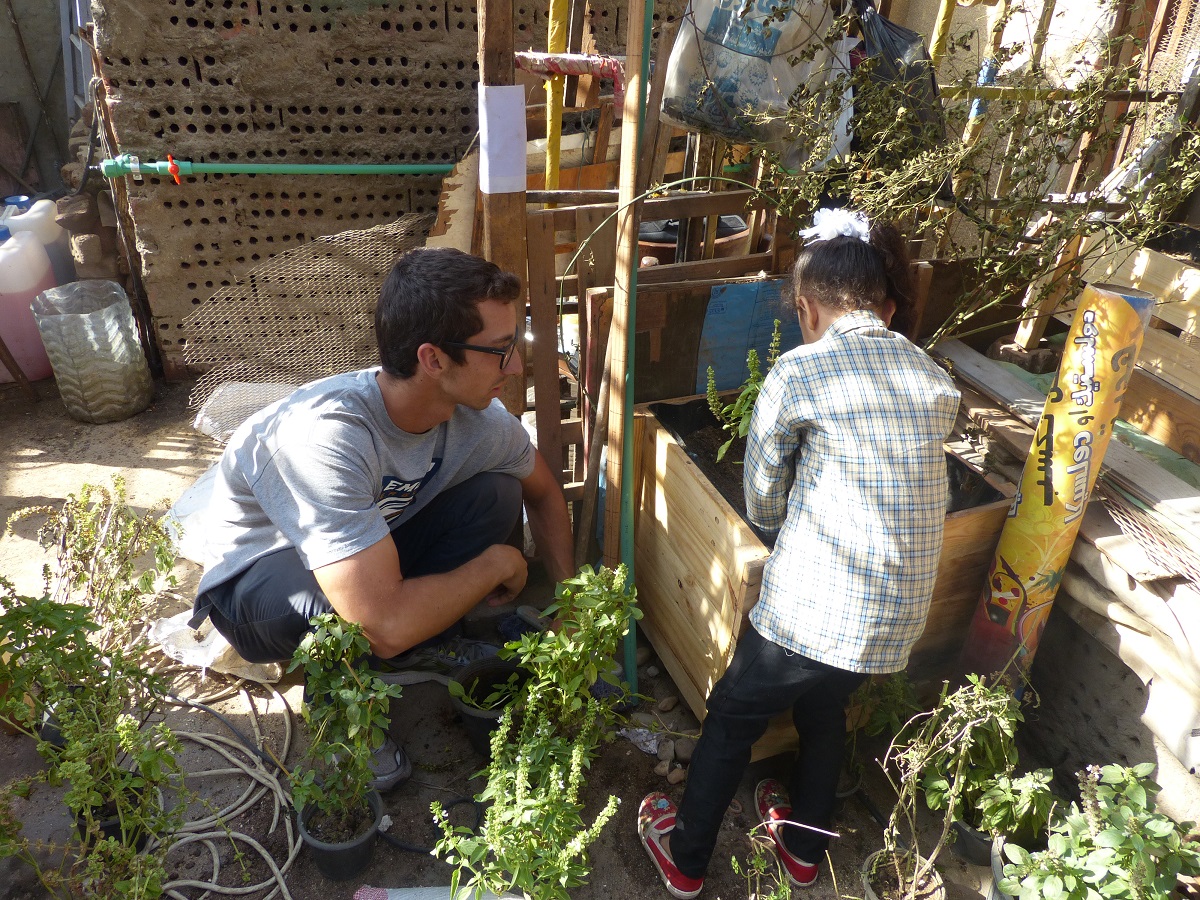Experimenting new methods, ideas, and approaches in limited area
It is crucial to experiment with new management ideas in a controlled manner, to ensure that adaptation measures will work as expected, and replicate them. In the context of integrated water demand management, and with the objective of adapting to climate change by supporting local producers to shift from alfafa production to that of nopal for human consumption and cattle fodder purposes, CONANP has set up a six hectare experimental site to a) find out how well such an adaptation might work out in practice for the producers (and their cattle), and b) to use the site as a demonstration of how a successful adaptation to this production strategy can work for other producers in the PA. If the experimental area is successful, it will be easier to spread this adaptation measures among other producers and areas of the PA. The experimental site can provide reliable scientific guidance and the data needed to support adaptation decisions, in times when lack of knowledge and change aversion can prevent the implementation of this type of adaptation measures.
a) Local producers who are willing to be forerunners and modify their practices in an experimental trial;
b) Willingness of the PA’s staff to invest (time, money and effort) on innovative, but potentially unsuccessful, experimentation;
c) Technical understanding of materials needed to create the growing tunnels under which the nopal grows;
d) Monitoring and evaluation to assess the experiment, and to be able to make technical adaptations where necessary.
a) High quality technical support to producers is essential in order to reduce the slope of the learning curve for the local producers;
b) Many lessons have been learned with respect to the technical aspects related to the use of materials for tunnels. Special mobile growing tunnels have now been developed to respond to changes in weather conditions related to temperature and winds, and to allow producers to move or remove the tunnels when necessary;
c) Communicating the results of the experiment is very important to promote producers’ buy-in. A critical mass of convinced producers is needed to open up commercially viable markets for new products (i.e. nopal for cattle fodder & human consumption);
d) Calculating risks and forming strategic alliances (producers, government and non-state actors) are crucial factors for a successful implementation.
